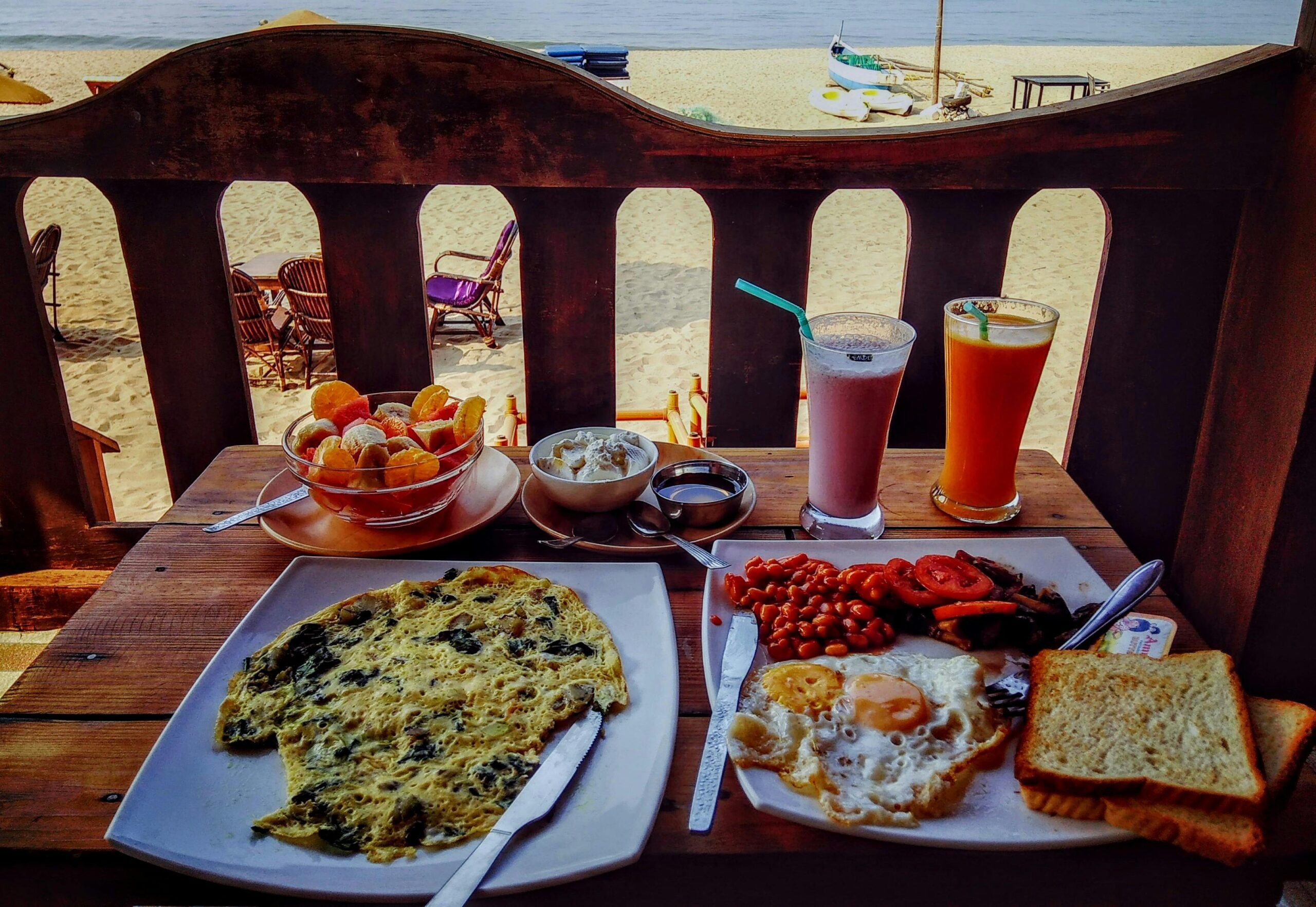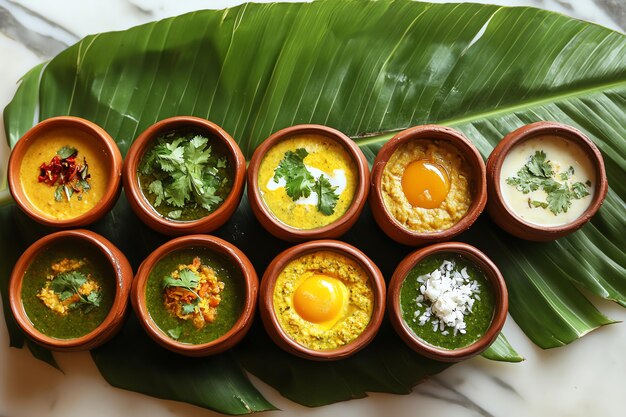India is a land of rich culinary history and diversity, and one of its most iconic and fascinating aspects is the Maharaja cuisine of India. This cuisine, associated with the royal courts of India, showcases the opulence, sophistication, and unique flavors enjoyed by Indian royalty over centuries. With origins tracing back to the palaces and forts of ancient India, Maharaja cuisine is known for its use of rare spices, decadent ingredients, and elaborate cooking methods that created meals fit for kings and queens. This cuisine is not only a feast for the palate but also an expression of India’s regal heritage and culinary artistry.
This article will dive into the origins of Maharaja cuisine, its defining characteristics, and iconic dishes, and provide insight into the spices, cooking techniques, and customs that set it apart. For food enthusiasts, understanding this cuisine opens up a world of flavor and history rooted in Indian culture.
Origins and Historical Significance of Maharaja Cuisine

The history of Maharaja cuisine is as varied as the regions and kingdoms that once made up India. Influences from the Mughals, Rajputs, Nawabs, and other royal families shaped the flavors and ingredients in this cuisine, each bringing unique elements to their kitchens. The Mughals, for example, introduced rich Mughlai dishes infused with exotic ingredients like saffron, almonds, and ghee. Similarly, Rajasthani and Marwari dishes from the northwest developed techniques that could withstand the harsh desert climate.
This cuisine is characterized by elaborate meals featuring courses of spiced curries, slow-cooked meats, rich gravies, and layered desserts. Each dish tells a story of tradition, luxury, and the skills of royal chefs who were tasked with pleasing discerning palates.
The Core Ingredients of Maharaja Cuisine
Maharaja cuisine is defined by ingredients that are both indigenous to India and uniquely luxurious. Many of these ingredients were considered status symbols, reserved for the affluent. Here’s a look at some of the staple ingredients that bring out the essence of this cuisine:
- Saffron
Known for its vibrant golden color and distinct aroma, saffron is a key ingredient in Maharaja cuisine. It’s used in dishes like biryanis, curries, and desserts, imparting a rich hue and delicate flavor that is synonymous with luxury. - Nuts and Dry Fruits
Almonds, pistachios, and cashews are commonly used to thicken gravies and add texture to desserts. In India, adding nuts to food signifies wealth and abundance, making them popular in royal recipes. - Exotic Spices
The royal kitchens employed an array of spices like cloves, cardamom, cinnamon, and mace. These spices added depth to dishes, giving them layers of flavor that appealed to sophisticated palates. - Ghee (Clarified Butter)
Ghee is a cornerstone of Indian cooking, but in Maharaja cuisine, its presence is more pronounced. It’s used liberally in both savory and sweet dishes, adding a rich, buttery texture and aroma. - Fresh Herbs
Herbs like mint, cilantro, and fenugreek are used to garnish dishes, adding fresh flavors that complement the rich ingredients.
Signature Dishes in Maharaja Cuisine
Many dishes have gained legendary status within Maharaja cuisine. Here are some of the most iconic examples:
- Murgh Musallam
A whole chicken marinated in a mixture of yogurt and spices, stuffed with eggs and cooked until tender, Murgh Musallam is a prime example of royal Indian cooking. The dish is slow-cooked and flavored with saffron and ghee, resulting in a rich and aromatic meal. - Nihari
A slow-cooked stew typically made with lamb, Nihari is spiced with cloves, cardamom, and cinnamon. This dish is cooked overnight, resulting in tender meat and a thick, flavorful gravy. - Shahi Paneer
A vegetarian favorite, Shahi Paneer is made with soft paneer cubes in a creamy, nutty gravy. This dish is spiced with mild flavors, making it both luxurious and approachable. - Dal Baati Churma
Originating from Rajasthan, this dish consists of dal (lentil curry), baati (hard wheat rolls), and churma (crushed wheat sweetened with ghee and sugar). This trio showcases the earthy flavors of Rajasthan and is a perfect example of hearty Maharaja cuisine. - Biryani
Biryani, particularly the Hyderabadi and Awadhi versions, holds a special place in Indian royal cuisine. Made with basmati rice, layers of meat, and spices, it’s cooked with ghee, saffron, and sometimes rose water for a dish that’s both fragrant and indulgent.
Cooking Techniques of Maharaja Cuisine
Maharaja cuisine features a range of cooking techniques that were passed down through generations. These techniques reflect the meticulous approach taken by royal chefs to create dishes that satisfied the tastes of nobility.
- Dum Pukht: This method involves slow-cooking food in a sealed container, allowing the flavors to meld together. Dishes like biryani and certain curries benefit from this technique, as it enhances the depth of flavor.
- Tandoor Cooking: The tandoor, or clay oven, is a staple in Indian cooking. Maharaja cuisine features a variety of tandoori delicacies, including meats and breads like naan and kulcha. The high heat of the tandoor seals in the juices, giving the food a smoky flavor.
- Baghar/Tadka: This technique of tempering spices in hot oil or ghee is common in Indian cooking. The tempered spices are poured over the dish, adding aroma and depth.
The Role of Spices in Maharaja Cuisine
In Maharaja cuisine, spices are more than flavor enhancers—they add color, fragrance, and therapeutic benefits. Here are a few of the primary spices used:
- Cloves and Cinnamon: These spices add warmth to dishes and are often found in gravies and meat dishes.
- Cardamom and Mace: Known for their delicate flavors, these spices are used in both savory and sweet dishes. Cardamom, in particular, is essential in desserts like kheer and phirni.
- Turmeric and Red Chili Powder: Used to add vibrant color and spice, these staples create the rich color associated with Maharaja cuisine.
Desserts in Maharaja Cuisine
No royal feast would be complete without a range of indulgent sweets. Indian desserts are known for their decadence, combining milk, ghee, and sugar in imaginative ways:
- Gulab Jamun
Fried dough balls soaked in sugar syrup flavored with rose water, saffron, or cardamom. - Phirni
A rice pudding made with ground rice, milk, and sugar, often garnished with nuts and saffron. - Shahi Tukda
Fried bread slices soaked in syrup and topped with thickened milk and nuts, this dessert is one of the most indulgent in Maharaja cuisine.
Conclusion
The Maharaja cuisine of India embodies the essence of opulence, tradition, and craftsmanship in the culinary world. With its use of exotic spices, luxurious ingredients, and time-honored cooking methods, this cuisine offers a unique blend of flavors that once pleased royalty and continues to captivate food lovers today. Whether you’re savoring a spicy curry, a delicate dessert, or a richly flavored biryani,


